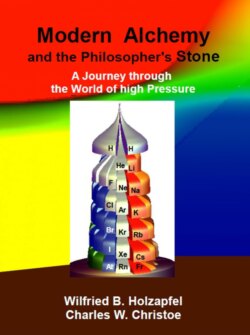Читать книгу Modern Alchemy and the Philosopher's Stone - Wilfried B. Holzapfel - Страница 28
На сайте Литреса книга снята с продажи.
Оглавление“Let me guess,” Marie said. “Warm equals warm, right?”
“Yes, of course,” Helen said. “And here around the circle, starting at the top, we have the usual Air, Fire, Earth and Water. Except for the Luft, it is pretty clear that old English is a Germanic language.
“The basic terms that the common people used are very similar to present day German. I understand that it was only after the Norman Invasion in 1066, that the language of the Court became French and all those Latin derivatives began to creep into the everyday English language.”
“I’m getting a pretty clear picture of what was going on,” Marie said. “Latin was the language of scholars in the Middle Ages, and their use of the Latin term Essentia for the four elements that they recognized reminds us that their meaning of the word element differs quite a bit from the meaning of today's term: chemical element. The term chemical element designates an individual pure substance, such as copper, silver, gold, mercury, or sulfur, but like Professor Wood told us, the Essentia were more like States of Being in the course of nature. In the Middle Ages a lot of mystical stuff was attributed to the four-element theory.”
They went to another webpage. Marie pointed out an interesting table on one of them (Figure 12).
